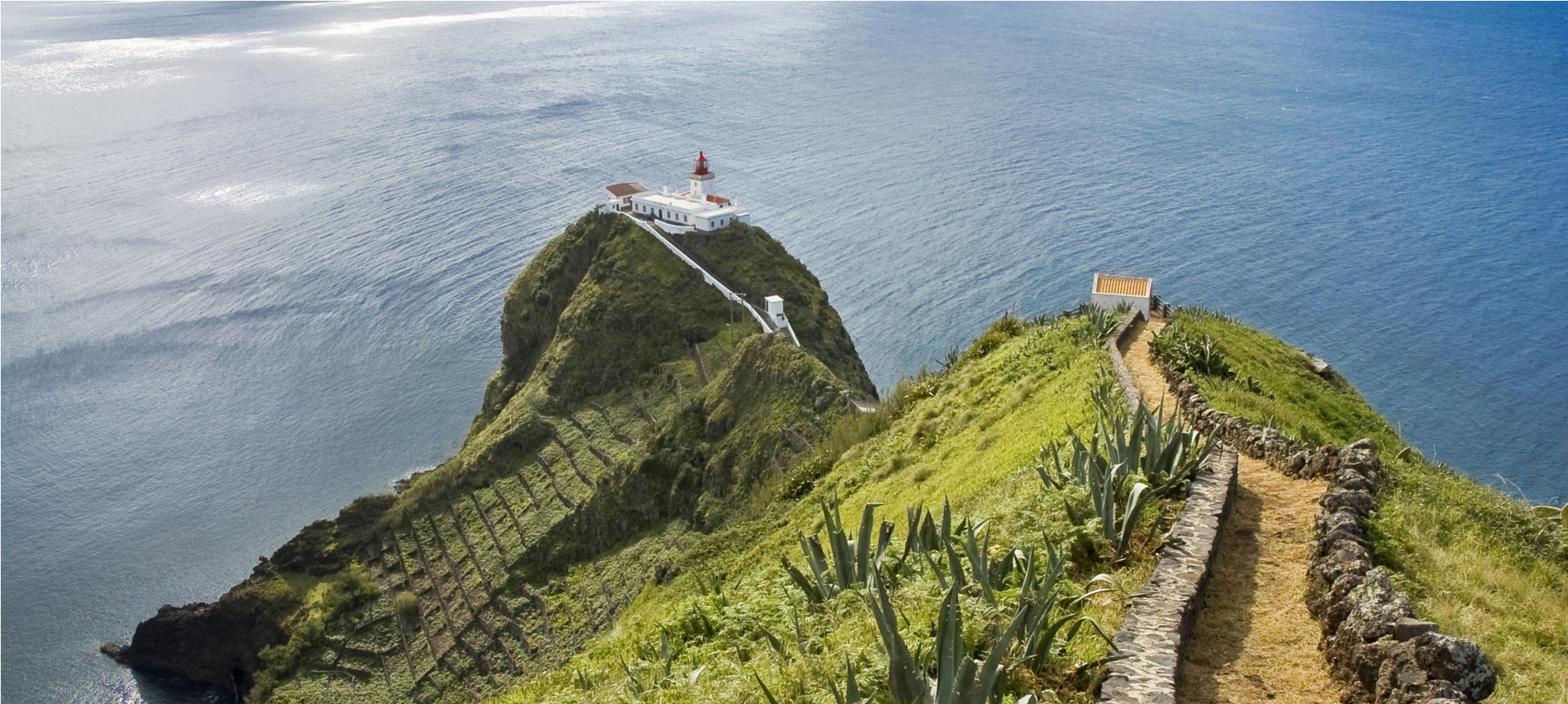Discovery and history landmarks of Graciosa Island
Graciosa Island, one of the nine islands of the Azores archipelago, has a rich and fascinating history dating back to the 15th century. While the exact date of its discovery remains uncertain, it is widely believed that it was explored by seafarers from nearby Terceira Island. By order of Prince Henry the Navigator, cattle were introduced to the island before settlers arrived, marking the early stages of colonization.
Early settlement and division
The island’s first recorded settler was Vasco Gil Sodré, a Portuguese nobleman from Montemor-o-Velho. Arriving with his family and servants, he established his home in Carapacho, where he first landed. Despite his significant efforts to become Graciosa’s donatary, the island’s northern captaincy was granted to Pedro Correia da Cunha, who was married to the sister of Christopher Columbus’s wife. The southern captaincy was awarded to Duarte de Barreto.
By the mid-15th century, Graciosa’s population began to grow, with settlers originating mainly from Beiras, Minho, and Flanders. The island’s agricultural potential led to its early prosperity, with the export of wheat, barley, wine, and brandy becoming central to its economy. Town charters were granted to Santa Cruz da Graciosa in 1486 and Praia in 1546, reflecting the island’s growth and development.
Attacks and corsairs
During the 16th and 17th centuries, Graciosa faced frequent attacks and pillaging by corsairs due to its reliance on trade with Terceira, which was a key economic and administrative hub of the Azores. These events were a reminder of the strategic importance of the Azores during a period of intense maritime activity.
Visits from historical figures
Graciosa has hosted several notable figures throughout its history:
- Father António Vieira (17th century): The renowned Portuguese writer was shipwrecked near Graciosa and spent two months on the island.
- François-René de Chateaubriand: The French writer visited the island while fleeing the French Revolution, later mentioning Graciosa in his works.
- Almeida Garrett: The father of Portuguese Romanticism lived on Graciosa as a teenager in 1814, composing poetry inspired by the island.
- Prince Albert I of Monaco (1879): A pioneer in marine science, he visited Graciosa during his oceanographic studies and explored the Furna da Caldeira cavern.
A rural and agricultural identity
Graciosa has maintained its identity as a quiet, rural island with a strong focus on agriculture, livestock raising, and the dairy industry. Its exports of wine and agricultural products have long been a cornerstone of its economy. However, significant emigration during the 1950s–1970s to countries like the United States led to a decline in population, impacting the island’s socio-economic stability.
Modern contributions
In 2010, Graciosa joined the International Monitoring System of the Comprehensive Nuclear Test-Ban Treaty by installing a monitoring station. This initiative highlights the island’s role in global scientific and environmental efforts, showcasing its modern relevance beyond its traditional industries.
Historical landmarks and legacy
Today, Graciosa’s history is preserved in its architecture, such as traditional windmills, town centers, and landmarks like the Furna do Enxofre, a volcanic cave that continues to fascinate visitors. The names of the island’s pioneering families can still be found among its inhabitants, reflecting the enduring legacy of its early settlers.
For those looking to explore the Azores, check out our travel packages that highlight the islands’ historic sites and scenic landscapes.
